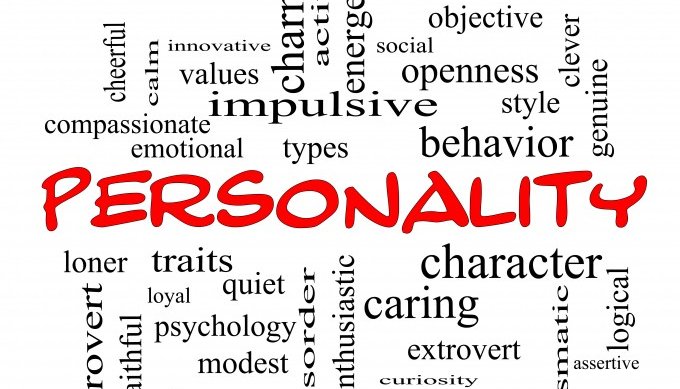How do we receive the particular aspects of behavior in which make us who we are? For centuries now, we've had a debate over whether we received our traits genetically as they were passed down from our parents or rather received them based off our environmental background. This is the nature-nurture debate. This debate is not one that is likely to come to a simple resolution anytime soon due to so many different aspects of behavior being revealed that can be tested between nature and nurture. The overview of the nature-nurture debate looks at how both make their own contribution to influence behavior.

In the nature aspect, we see the behavior in people and animals caused by genetics. From a science perspective, this aspect would make total sense. Our genetic code carries all of our physical traits, and it would only make sense to look at behavior traits in the same way. When looking at the nurture aspect, we look at behavior traits being effected by the environment in which the person or animal that lives in. A person's environment can cause a person to change and form them into the theme of the environment in itself. More often than not, nature and nurture contribute together in forming someones behavior traits. In thus, making the debate extremely hard to identify which perspective is being used when looking at the certain behavior.


Real life examples:
In Tanya Lewis', "Twins Separated at Birth Reveal Staggering Influence of Genetics", she describes how identical twins are so similar no matter the barrier of being raised in separate environments. She describes the Jim twins being born together but raised separately but still sharing common traits amongst themselves no matter how far apart they are. One quote that really caught my eye over the study of this situation, "Among identical twins, 80 percent of those surveyed reported feeling closer and more familiar with their twin than they did to their best friends, suggesting a strong genetic component in the bond between identical twins." This statement creates a large amount of evidence when looking from the nature perspective for identical twins.

For professional athletes, nature is implemented first as it grants the child their extraordinary physical attributes based off the genetic code given to them by their parents. Though their genetics play a huge role towards how they become professional athletes, their environments creates the traits that allow them to reach such a goal. The way they are raised and setting they are raised in creates a lot of motivational behavior traits to work harder than anyone else in order to become a professional athlete. Creating the willingness to practice at the craft in which they are trying to perfect, in which resulting in the goal they set for themselves. Though a combination of nature and nurture are used towards this topic, nurture is used more when looking at how the athletes get there.

http://guardianlv.com/wp-content/uploads/2014/06/Kawhi-Leonard-Tim-Duncan.jpg
When looking at dogs, when identify some dogs being rather aggressive compared to others, such as pitbull's or Chihuahua's. Is it the genetics's in the dog that makes this temperament, or is it the environment they live in? In fact, both nature and nurture are implemented in this case. Common traits have seemed to be passed down within the dogs ancestry to cause such aggression, but unfortunately there are cases in which some dogs may be treated poorly based off their environment which causes this mood. One thing about nurture is that it can create aggression amongst a variety of dogs rather than the select few in which nature focuses on.

http://dog-training-essentials.com/american-pit-bull-terrier-training-how-to-train-an-aggressive-dog/
There have been adoption studies set up to see if the kid being adopted keeps the genetic behavioral traits from their actual parents or if they pick up traits from the adopted parents based off the way they nurture them. Both nature and nurture having a chance to affect the behavior traits of those kids that are adopted.

http://www.parenting.com/article/adopting-child-another-race-part-3
When looking at the sexuality of an individual, nature-nurture debate is definitely discussed. Some may believe that nature may be the solution to the development of the individual in all, and just includes sexuality as one of the traits the genetic code carries. Most follow the viewpoint of the nurture perspective. How the environment and upbringing of the individual created the unique sexuality they ended up choosing.

https://choiceforyouth.org/
Personally, I believe both nature and nurture influence the development in not only human beings but all animals as well. I understand the great importance of the genetic code in an organism to identify it's physical traits as well as it's behavior traits, but I am a strong believer that the environment we live in effects our behavior traits just as much. Together, both nature and nurture formulate the behavior traits that makes us the person we are.
Works cited:
http://nobaproject.com/modules/the-nature-nurture-question
https://www.livescience.com/47288-twin-study-importance-of-genetics.html
https://www.simplypsychology.org/naturevsnurture.html









